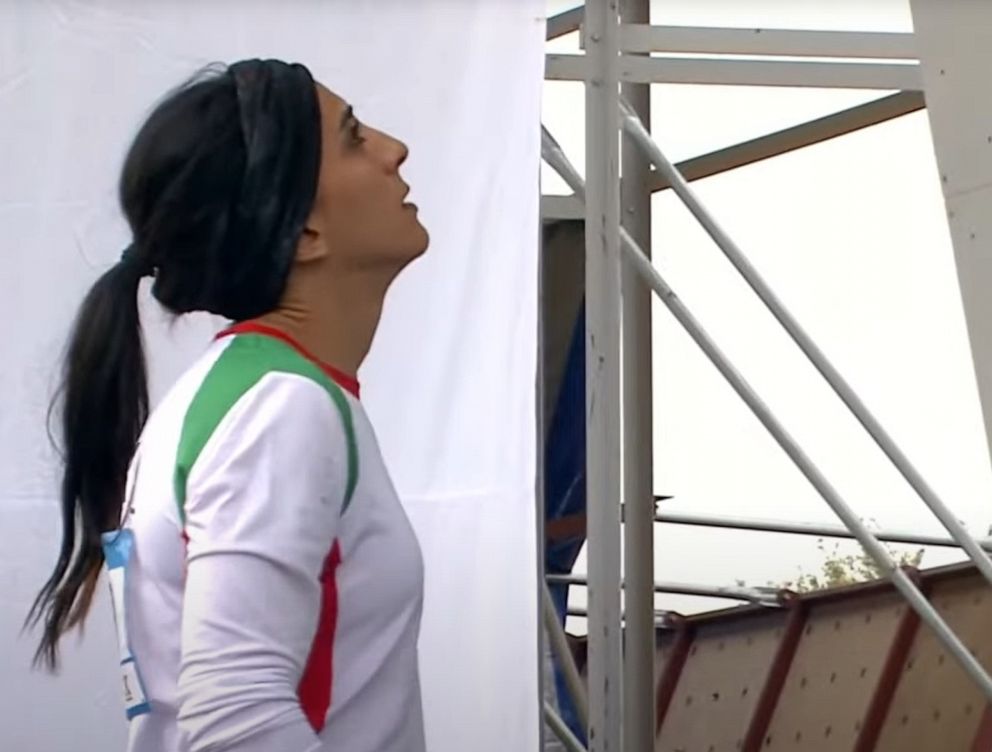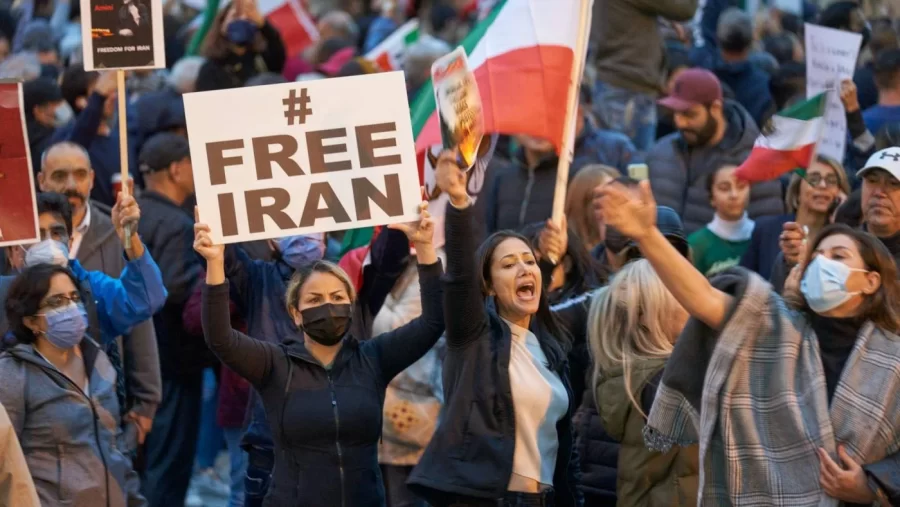Protests Rage Across Iran Following Death of Mahsa Amini
October 18, 2022
Following the Asian climbing Championships last month in Seoul, South Korea, an Iranian climber by the name of Elnaz Rekabi made headlines for competing without a hijab, meaning that her hair was visible. Due to Iranian Islamic Sharia Law, all women are required to cover their hair, along with many other restrictions regarding their appearance. This extends to athletes competing in international competitions. Some have speculated that she is under house arrest, although it cannot be confirmed. Her courageous choice comes as recent anti-hijab and anti-government protests have ensued throughout Iran.
Due to Iranian Islamic Sharia Law, all women are required to cover their hair, along with many other restrictions regarding their appearance. This extends to athletes competing in international competitions. Some have speculated that she is under house arrest, although it cannot be confirmed. Her courageous choice comes as recent anti-hijab and anti-government protests have ensued throughout Iran.
Similar retaliations have been raging throughout Iran since September. As they take to the streets, many women have burned their hijabs and cut their hair to symbolize their opposition to their governments oppressive laws. This was ignited by the tragic death of Mahsa Amini, a 22-year old woman who was killed while visiting Tehran on September 13 of this year. She had been taken into custody by morality police for not wearing her hijab properly. She died three days later. While the official cause of death was ruled a heart attack, witnesses claim she was beaten, as shown by the bruises on her feet that her family caught a glimpse of, and the skull fracture reported by the Associated Press.

Protesters that range from men and women all the way to young schoolgirls chant powerful words like “Down with the Dictator!” and “Women, life, freedom!” Since these have begun, hundreds of men, women, and children have been arrested, the death toll has continuously risen, and numerous state-controlled buildings have been damaged. Journalists reporting on the issue have been detained, giving Iranians little connection to the outside world. Frightening statements have been made from political leaders like the Minister of Education, Yousef Noori, claiming that teenage protesters are being taken to “psychological institutions” to reform their minds. One victim of government crackdowns, 15- year old Siavash Mahmoudi, was shot in the head for participating in said protests; videos of his mother commemorating his life circulated the internet. Dozens of other young girls and boys have been beaten or shot. Ali Khamenei, supreme leader of Iran, has called protesters “agents of the enemy”, referring to nations like Israel and the United States who critique his regime.

Global support and sympathy has been shown to Iranians; gatherings in places like London, Atlanta, and Chile show that these protests are gaining recognition across the world. Despite the traumatic consequences to these events, they have not died down, but rather grown in strength and numbers; Coalitions have been forged from businesses and unions alike. The intense crackdown by the Iranian government indicates a fear of what their people are capable of, and gives a sliver of hope to the idea that their women will one day be liberated.









